It is roughly 1 year since my (younger) colleagues persuaded me to start a blog and here are some thoughts while I am watching the footie…
Has it been like I thought first post (Welcome!)? I’ll comment on each topic (correcting typos):
- The relationship between human readable material (”full text”)
and scientific data. Henry Rzepa and I have coined the term datument
for the synthesis of these, especially using XML technology. the
scientific publication in its current form is inspired by 19th Century
printing technology and “electronic publications” merely encourage
outdated ways of communication. Web inspired technologies should
revolutionize scientific communication. A particular interest is the
development of the “robotic amanuensis” for scientists – personal
software which can help individuals read and publish information
effectively.
PMR: I am pleased with the general acceptance within many in the Library/IT community of the horror of PDF and the general agreement that we should strive to use XML. Particularly gratifying to make virtual and then real contact with Peter Sefton and his ICE.
- Open data, open source, open access, open knowledge. Unless we
have free aceess to the primary outputs of science we are denied the
opportunity to develop new ideas in informatics-driven science. I have
argued publicly that primary scientific data belong to the scientific
commons and that they must be free. A corollary is that the output of
funded science is not just full-text but the complete supporting
information environment of the experiments.
PMR: This has mushroomed out of all proportion. I thought I would have occasional posts on Open-ness. I’m pleased to see the high and effective level of debate and progress in Open Access but Open Data has proved much harder than I thought. Why are so few people interested in making sure scientists have control over their data and don’t surrender to publishers and other interests? Please let us have more action here.
- “programming for scientists”. Modern scientists are enhanced
by “information prosthesis” – the ability to receive and repurpose
information. If they are able to “program”, they have greater
expressive power. Many of the future skills will not be with
conventional programming languages but the tools emerging from the
explosion of social and technical operations in today’s web. I’ll be
learning from my colleagues and trying to give readers and contributirs
a flavour of what is now possible.
PMR: I’ve done very little on this – There hasn’t been much reaction to the few posts I have made. I’d like to talk about style – patterns – etc. and I had the idea at one stage that the blog could help us create training resources for the centre. Scientists don’t know enough about modern programming and they – understandably – don’t communicate their programs well.
However we are seeing good progress on the Open Source and Blue Obelisk fronts.
- markup languages in (physical) science. These are the
handmaidens of the goals above. Currently there are a few main
approaches for content: MathML, GML (geography), Scalable Vector
Graphics, Chemical Markup Language, AnIML (analytical chemistry),
ThermoML (theorchemistry). There are many obvious gaps and I’ll suggest
guidelines for any person or group interested in building a language.
PMR: again, much less that I would have hoped. But here the main problem has been the technology – I still can’t create decent code or XML in WordPress.
- creation and management of virtual communities. I’v been involved with creating and nurturing communities for the last 15 years including
BioMOO, the Virtual School of Natural Sciences, XML-DEV, and now the Blue Obelisk. I also believe strongly in
Wikipedia and related efforts. I’ll review the features of successful communities and the
guidelines for growth.
PMR: A general low-level theme… but not much action other than highlighting things like Open Notebook Science, and the Blue Obelisk etc.
So what was unexpected?
- The value of feedback from the blogging tools. I now look daily at Feedburner and Technorati. This gives me a lot of insight into who is looking at my blog and vice versa.
- The explosion of high quality content in chemical blogspace
- The way the blog has acquired a mission
- The way I meet people IRL who read my blog. I had a hiatus for 3 months and several people mentioned they were disappointed so I started again.
- The power and value of Open Letters.
It’s clear that many more people read the blog than I know of from contributions – probably a factor of 100. Occasionally when I press the outrage button – usually by mistake or in the heat of a discussion – people pop up. Please do – I hope I have never deliberately been unfair – perhaps one dubious incident a month or two ago. And please feel free to mail me and indicate what I may or may not publish.
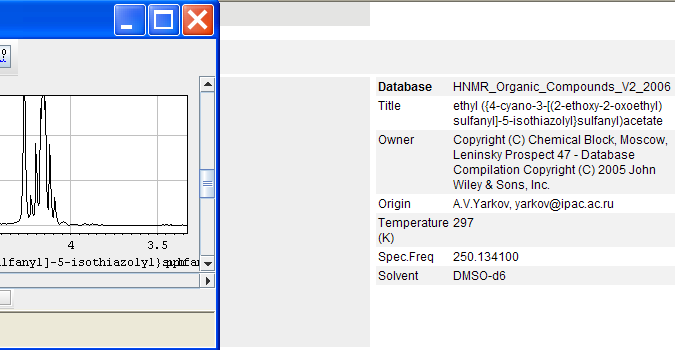
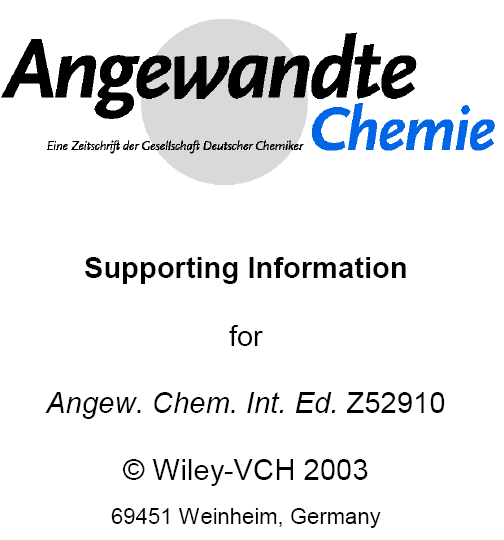
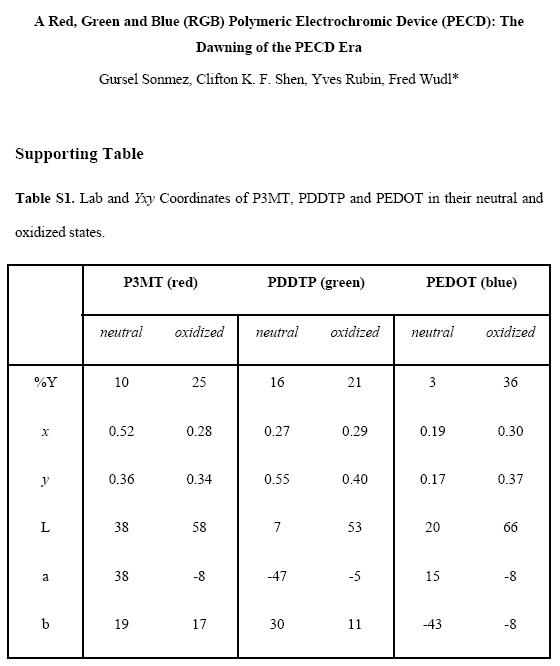
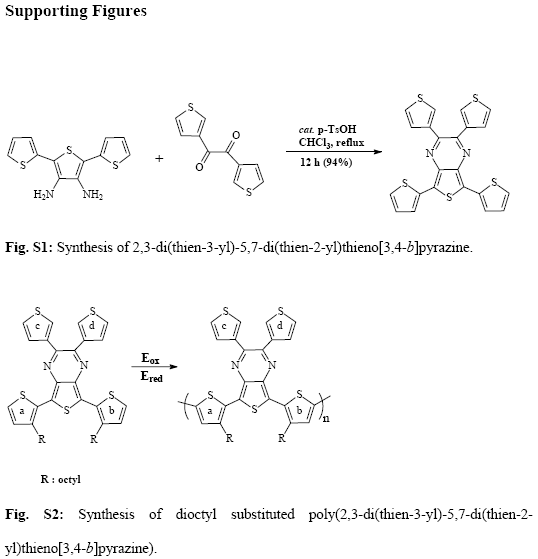
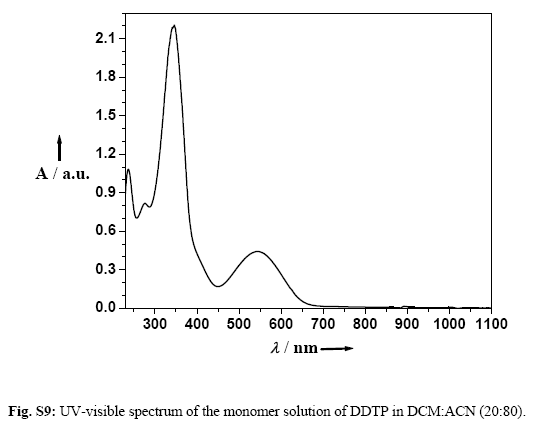
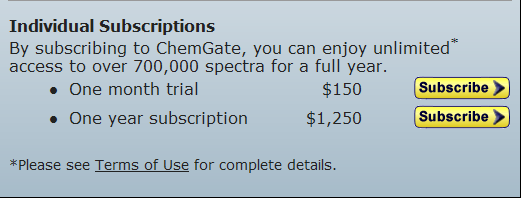
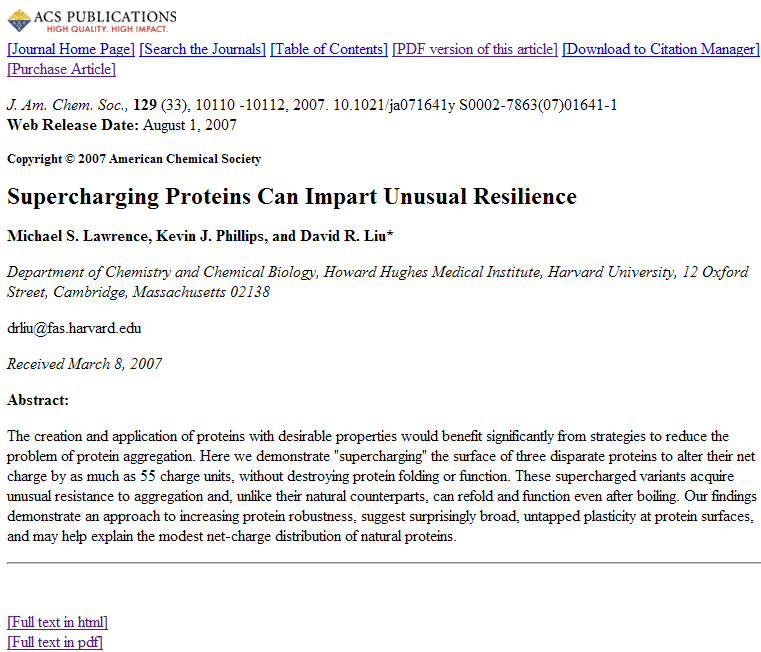
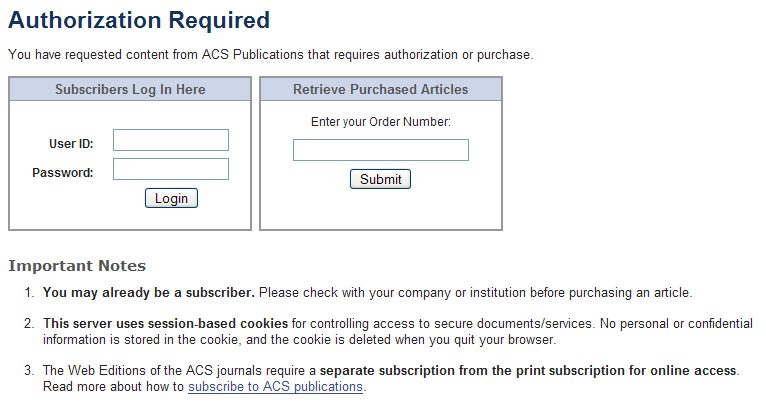
September 6th, 2007 at 6:05 pm eIn response to recent blog postings I’d like to confirm that we (Ingenta) are working closely with our publisher customers to ensure that OA articles are correctly reflected on IngentaConnect. To give you some background, there are currently almost 600 titles with freely available OA content available via the site and this number is steadily growing as more and more publishers experiment with this model. I should emphasize that the current system for flagging OA content isn’t perfect and we are working to improve this. We are also reliant on publishers to provide us with information on which content is OA and the process of flagging OA access rights is at times manual, particularly in the case of titles with hybrid models. Perhaps one answer is the development of an industry standard on the flagging of OA articles within metadata, which would then automate the process and avoid oversights such as those reported here.